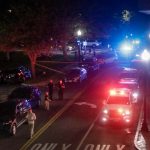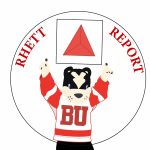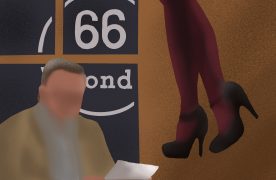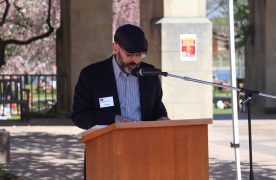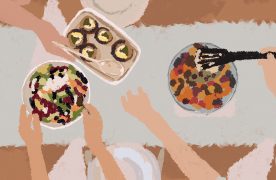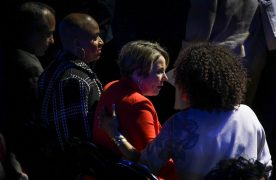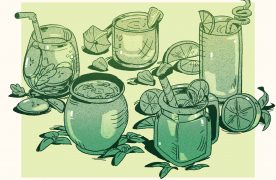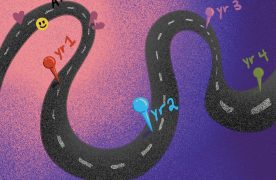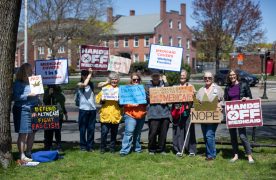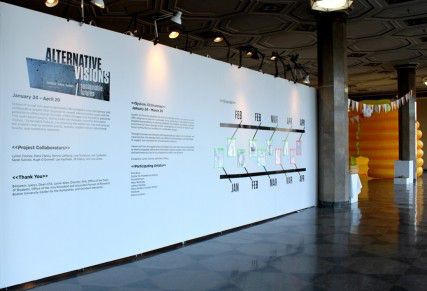
Boston University environmental programs are joining with the BU Arts Initiative to offer education on climate change in a new, engaging way, officials said.
Sustainability@BU will combine with the Arts Initiative to host The Crossroads Project, a performance that will attempt to teach BU students and community members about environmental issues through art, said Sustainability@BU Outreach Coordinator Lisa Tornatore.
“The Crossroads program is a performance that incorporates art and science,” she said. “It allows the viewer to get an understanding of where we are in terms of climate change and where the climate is headed using science, but also using art, music, sculpture and painting to evoke a visceral response to the science that is being presented.”
The program, expected to last one and a half to two hours, will take place April 23 at the Tsai Performance Center, Tornatore said. Several professors and Crossroads performance artists will host a community conversation in conjunction with the Dean of Students Office and the BU Arts Initiative after the show.
Tornatore said the performance, which was created at Utah State University, will feature performers and other community members from Utah State, such as physicist Robert Davies and the Fry Street Quartet.
“Dr. Davies, the physicist from Utah, has a speaking portion, and that is intermingled with imagery on screen, images of painting and sculpture that was created initially for the Crossroads project as well as other images,” Tornatore said. “That is also intermingled with the string quartet which will play music that was commissioned specifically for the Crossroads project.”
Ty Furman, managing director of the BU Arts Initiative, said Sustainability@BU members saw the program at a conference and contacted him about the project. Its goal is to educate viewers and encourage them to take action.
“What they’re doing is using arts to hopefully break through that intellectual understanding of something and get to the part of moving someone to action,” Furman said. “… We hear about it [climate change] a lot and people know a lot, but you never know how much someone is doing.”
Furman said the BU Arts Initiative exists to support and celebrate art programs at BU, bringing visibility and engagement.
“We are here to raise visibility, build engagement, support unique initiatives and support interdisciplinary cross-school initiatives,” he said. “There are actually very few programs we will do on our own, but we will be a collaborator and supporter of lots of cool and interesting things coming from all kinds of academic environments and student initiatives.”
Tornatore said what will make Crossroads a unique project is the audience’s emotional response, as it will inspire viewers to take the issues personally.
“The performance itself really evokes a response from the audience and forces the audience to really think about consumption on a larger scale but also on a personal scale,” she said. “The entire performance itself discusses the larger impact of our typical way of life here in suburban America, but it also brings in imagery of how that lifestyle impacts other areas of the earth.”
Curtis Woodcock, BU professor and chair of the earth and environment department, said he is pleased to see BU taking environmental concerns seriously.
“Sustainability is going to be central to the long run success of the university,” he said. “It [Crossroads] is a really interesting idea. At times it’s hard to get the general society to understand and accept basic science, and maybe this will help.”
Cutler Cleveland, a professor of earth and environment, said combining science and humanities makes sense given the nature of climate change.
“Climate change is an interdisciplinary problem that touches all segments of society,” he said. “It only makes sense one would incorporate that natural sciences and the social sciences and try to communicate to people the nature of the problem.”
This is an account occasionally used by the Daily Free Press editors to post archived posts from previous iterations of the site or otherwise for special circumstance publications. See authorship info on the byline at the top of the page.

